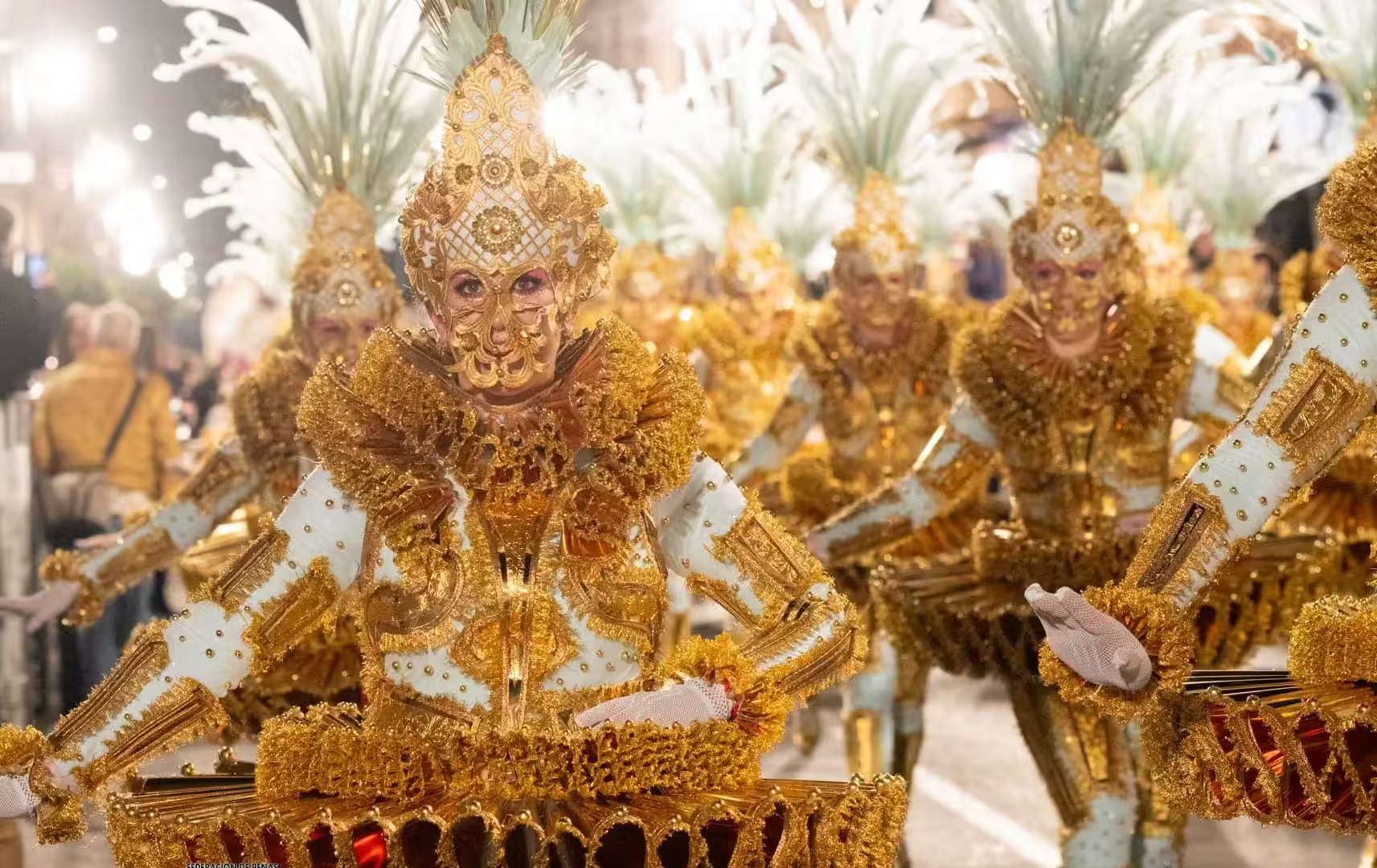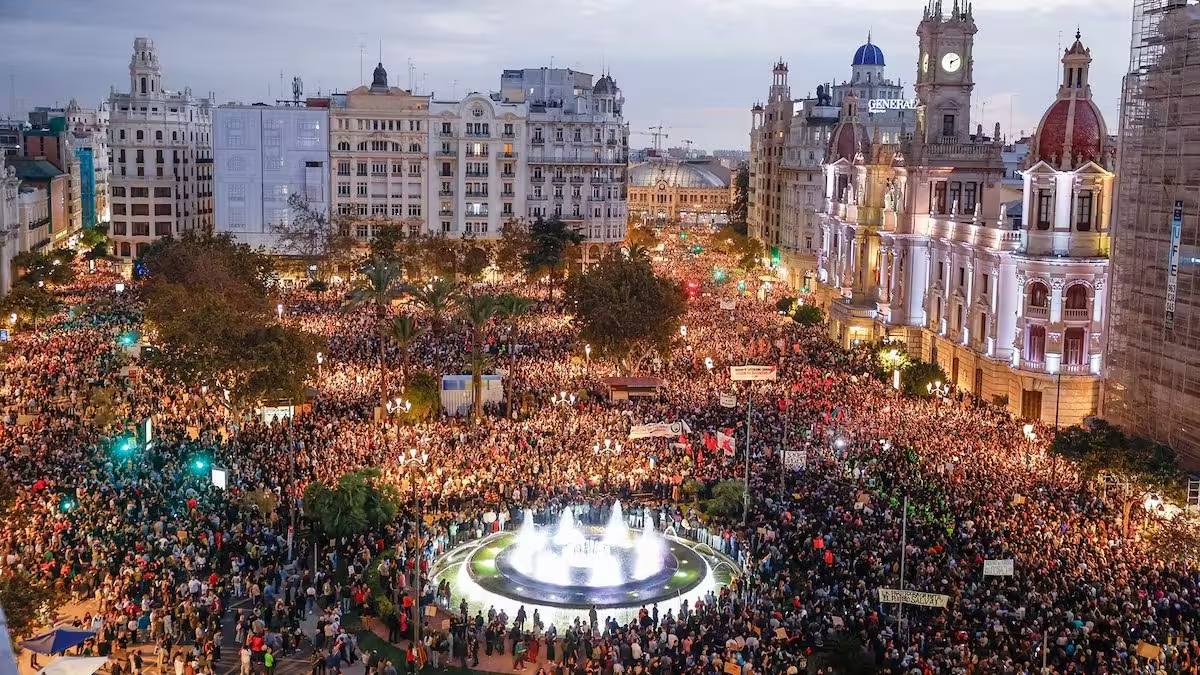A Guide to Carnaval in Spain: Parades, Parties, and Traditions
Carnaval in Spain is not just a party; it’s a time when people of all ages dress up, dance, and fill the streets with music and laughter. It happens every February-March, leading up to Lent, and is one of the biggest celebrations in the country. But where does this festival come from, and how do Spanish people celebrate it from big cities to tiny villages? Let’s take a closer look at Carnaval in Spain.
A Look at the History
Carnaval has been around for centuries. It started as a way for people to enjoy themselves before the 40 days of Lent, when many Christians give up certain foods or activities. Over time, the festival took on different traditions, influenced by Spanish explorers and traders who brought back ideas from Latin America and other parts of Europe. During Franco’s dictatorship, Carnaval was banned, but after Spain became a democracy again, the celebrations returned, bigger than ever.
How Spain Celebrates: From Big Cities to Tiny Villages
Carnaval is celebrated in different ways depending on where you are. In major cities like Madrid and Barcelona, there are big parades, music festivals, and fancy costume balls. In the Canary Islands, especially Tenerife, the festival is famous for its huge floats, sparkling costumes, and the election of a Carnaval Queen. Cádiz has a different approach, focusing on humor and satire. Instead of glamorous costumes, people form groups called chirigotas and perform funny, sometimes political, songs in the streets.
Smaller towns also have their own ways of celebrating. In Águilas (Murcia), people throw cascarones, eggs filled with confetti, at each other. There are also parades, live music, and parties that last all night. In some villages, Carnaval includes traditional dances and old customs, like mock weddings or performances that tell stories from the town’s history. Many Spanish schools also take part, with children dressing up in costumes, learning about the festival in class, and parading through their neighborhoods.
Where to Experience the Best of Carnaval in Spain
Spain has many fantastic places to celebrate Carnaval, each offering something special. Here are some of the best:
- Santa Cruz de Tenerife – This is the biggest Carnaval in Spain and one of the largest in the world. The festival lasts for weeks, featuring huge parades, street parties, and the famous Carnaval Queen contest. On Ash Wednesday, there’s a unique tradition called the Burial of the Sardine, a parade where people pretend to hold a funeral for a giant fish, symbolizing the end of the festival.
- Cádiz – If you enjoy humor and music, this is the place to be. Instead of fancy costumes, the focus is on the chirigotas, groups of people who dress up in matching outfits and sing satirical songs about politics, celebrities, and everyday life. The streets are filled with laughter, and food stalls sell traditional snacks like tortillitas de camarones (shrimp fritters).
- Madrid – The capital’s Carnaval is more elegant, with masquerade balls, cultural performances, and a big parade. The Burial of the Sardine also takes place here, marking the end of the festivities.
- Sitges (near Barcelona) – This beachside town has one of the most exciting Carnavals in Spain, known for its lively LGBTQ+ friendly celebrations. The parades are full of energy, with music, dancing, and extravagant costumes. The fun continues well into the early hours of the morning.
- Águilas, Murcia – One of the most famous Carnavals in mainland Spain, this town’s festival includes parades, cascarones (confetti-filled eggs), and wild street parties. People throw colored powder at each other, and the event has a unique tradition of La Musa, Don Carnal, and Doña Cuaresma, (The Muse, Sir Carnival, Lady Lent)characters representing the spirit of the festival.
- Badajoz (Extremadura) – This town has one of the biggest Carnavals in Spain, with thousands of people dressing up and taking part in parades and contests. It’s known for its friendly and welcoming atmosphere, where locals and visitors celebrate together.
Carnaval: More Than Just a Party
Carnaval in Spain is about more than just dressing up and having fun. It brings communities together, keeping old traditions alive while welcoming new ideas. Whether you’re in a big city watching a parade, in a small village taking part in a traditional dance, or in a schoolyard filled with laughing children in costume, Carnaval is a time when Spain truly celebrates life.
So, if you’re thinking about visiting Spain during Carnaval, be ready for music, costumes, and endless fun. And don’t forget to bring some confetti, you might just end up in the middle of the party!
Carnaval is celebrated in so many ways across Spain and beyond. Does your town or city have its own special traditions? Maybe a unique parade, a local character, or a fun activity that only happens there? Share your Carnaval experiences in the comments, we’d love to hear how you celebrate!
Main image: Facebook/Carnaval de Águilas
Share this content:




2 comments